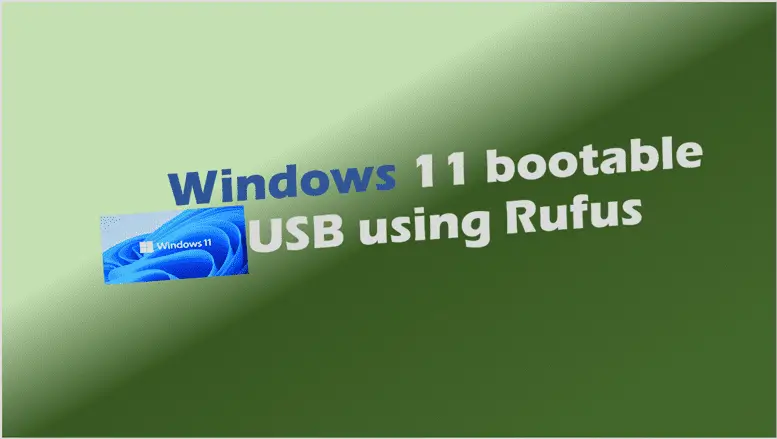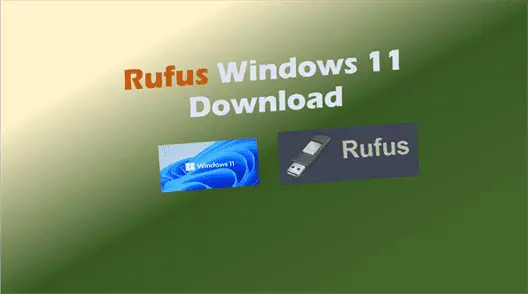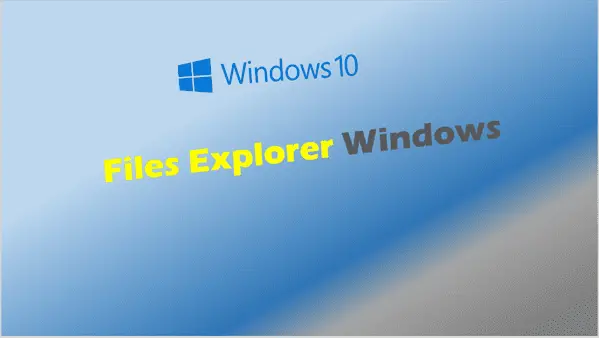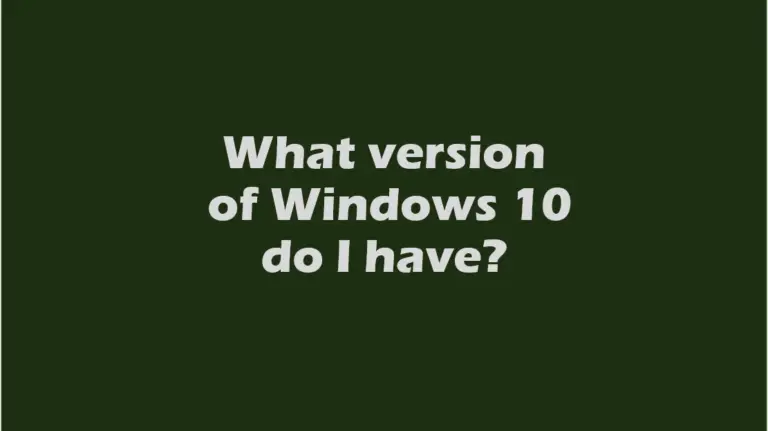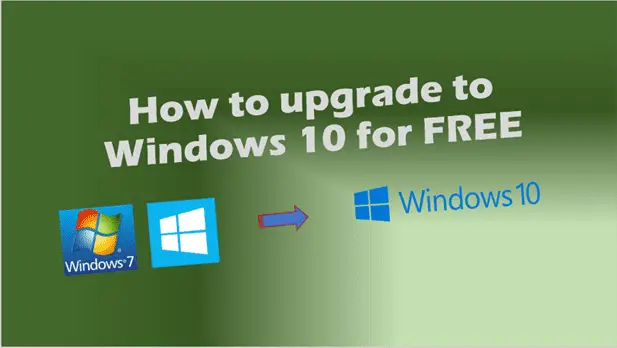Windows 11 Bootable USB Rufus: The Ultimate Guide for IT Users
Learn how to create a Windows 11 bootable USB Rufus for seamless installations. Our guide covers advanced options, troubleshooting, and pro tips for IT users.
Are you an IT professional looking to streamline your Windows 11 installation process? Look no further! In this comprehensive guide, we’ll walk you through creating a Windows 11 bootable USB using Rufus, the popular open-source utility. Whether you’re upgrading systems, performing clean installs, or preparing for emergencies, mastering this technique is essential for any IT toolkit.
Introduction: Why Use Rufus for Windows 11 Installation?
In today’s fast-paced IT environment, efficiency is key. Creating a Windows 11 bootable USB with Rufus offers several advantages:
- Speed: Rufus is known for its quick USB creation process.
- Flexibility: It allows for customization of Windows 11 installation parameters.
- Compatibility: Rufus supports various systems, including those without TPM 2.0.
- Reliability: As a trusted tool in the IT community, Rufus ensures a stable installation medium.
Let’s dive into the process of creating your Windows 11 bootable USB using Rufus, exploring every step and option along the way.
Understanding Rufus and Windows 11 Requirements
Before we begin, it’s crucial to understand the tools and requirements:
What is Rufus?
Rufus is a free, open-source utility designed to help format and create bootable USB flash drives. It’s particularly useful for creating USB installation media for Windows operating systems, including Windows 11.
Windows 11 System Requirements
While Windows 11 has specific hardware requirements, including TPM 2.0 and Secure Boot, Rufus offers options to bypass these for testing or specialized environments. However, it’s important to note that running Windows 11 on unsupported hardware may lead to stability issues and lack of updates.
Preparing for Windows 11 Bootable USB Rufus Creation
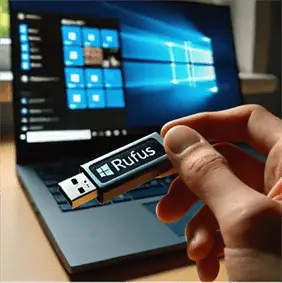
Step 1: Download Rufus
First, you’ll need to download Rufus. Visit the official Rufus website (https://rufus.ie) and download the latest version. Rufus is available in both installable and portable versions.
Step 2: Gather Necessary Materials
You’ll need:
- A USB flash drive (at least 8GB)
- A computer with internet access
- Administrator rights on your PC
Step 3: Obtain Windows 11 ISO
You have two options:
- Download the ISO directly through Rufus (we’ll cover this method)
- Download from Microsoft’s official website
Creating a Windows 11 Bootable USB with Rufus
Now, let’s walk through the process step-by-step:
Step 1: Launch Rufus
Run Rufus as an administrator. This ensures the application has the necessary permissions to create the bootable USB.
Step 2: Insert Your USB Drive
Connect your USB flash drive to your computer. Ensure it’s at least 8GB in size.
Step 3: Configure Rufus Settings
In the Rufus interface, you’ll see several options:
- Device: Select your USB drive from the dropdown menu.
- Boot selection: Click the “SELECT” button to choose your Windows 11 ISO file.
If you don’t have the ISO file yet, Rufus can download it for you:
- Click the dropdown arrow next to “SELECT”
- Choose “DOWNLOAD”
- Select “Windows 11” from the list of available Windows versions
- Choose your preferred release, edition, language, and architecture
Step 4: Choose Windows 11 Image Options
Rufus offers three Windows 11 image options:
- Standard Windows 11 Installation: Requires TPM 2.0 and Secure Boot
- Extended Windows 11 Installation: No TPM or Secure Boot required
- Windows 11 To Go: Creates a portable Windows 11 installation
For most IT users, the “Extended Windows 11 Installation” option is most versatile, allowing installation on a wider range of hardware.
Step 5: Additional Settings
- Partition scheme: Choose GPT for UEFI systems (recommended for most modern PCs)
- File system: NTFS is typically the best choice for Windows installations
- Cluster size: Leave as default
Step 6: Start the Process
Click the “START” button to begin creating your Windows 11 bootable USB. Rufus will format the drive and copy the necessary files.
Step 7: Wait for Completion
The process may take several minutes. Once complete, Rufus will display “READY” status.
Advanced Rufus Features for Windows 11 Installation
Rufus offers several advanced features that IT professionals might find useful:
Modifying Windows 11 ISO
Rufus allows you to modify the Windows 11 ISO to bypass certain installation requirements:
- TPM check removal
- Secure Boot bypass
- Minimum RAM requirement adjustment
To access these options, select “Show advanced format options” before starting the USB creation process.
Creating Windows 11 To Go
The “Windows 11 To Go” option creates a portable Windows 11 installation that can run on multiple computers. This is particularly useful for IT professionals who need a consistent work environment across different machines.
Troubleshooting Windows 11 Bootable USB Issues
Even with a reliable tool like Rufus, you might encounter some issues. Here are some common problems and their solutions:
- USB not recognized: Ensure you’re using a compatible USB drive and try a different USB port.
- “Image is too large” error: Use a larger capacity USB drive or try the “Windows To Go” option.
- Boot issues after installation: Check BIOS settings, ensure Secure Boot is properly configured if using the standard installation option.
Best Practices for IT Professionals – – Windows 11 Bootable USB Rufus
When creating and using Windows 11 bootable USBs with Rufus:
- Always use high-quality USB drives to ensure reliability.
- Regularly update Rufus to the latest version for bug fixes and new features.
- Keep multiple bootable USBs on hand for different scenarios (standard install, extended install, Windows To Go).
- Document your process and settings for consistency across your organization.
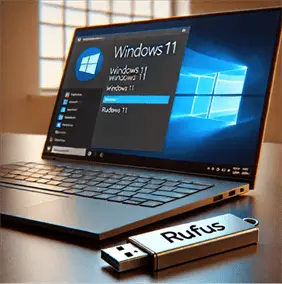
Comparing Rufus to Other Windows 11 Installation Methods
While Rufus is a popular choice, it’s worth comparing it to other methods:
| Method | Pros | Cons |
|---|---|---|
| Rufus | Flexible, fast, supports extended installations | Requires separate download |
| Media Creation Tool | Official Microsoft tool, simple to use | Less flexibility in installation options |
| Manual ISO to USB | No additional software required | More time-consuming, prone to errors |
Key Takeaways
- Rufus is a powerful, flexible tool for creating Windows 11 bootable USBs.
- It offers options for standard, extended, and portable Windows 11 installations.
- The process is straightforward: download Rufus, select or download the Windows 11 ISO, configure settings, and create the bootable USB.
- Advanced features allow for customization of the Windows 11 installation process.
- Always follow best practices and keep your tools updated for optimal results.
FAQs – Windows 11 Bootable USB Rufus
- Q: Can Rufus create a Windows 11 bootable USB without TPM? A: Yes, Rufus offers an “Extended Windows 11 Installation” option that bypasses TPM and Secure Boot requirements.
- Q: Is it safe to use Rufus for creating Windows 11 installation media? A: Yes, Rufus is a widely trusted tool in the IT community. Always download it from the official website to ensure safety.
- Q: How long does it take to create a Windows 11 bootable USB with Rufus? A: The process typically takes 10-20 minutes, depending on your USB drive speed and the size of the Windows 11 ISO.
- Q: Can I use Rufus to create a bootable Windows 11 USB on a Mac? A: Rufus is a Windows-only application. For Mac users, alternative tools like BalenaEtcher are recommended.
- Q: Does using Rufus to bypass Windows 11 requirements affect Windows activation? A: No, it doesn’t affect activation. However, running Windows 11 on unsupported hardware may lead to stability issues and lack of updates.
- Q: Can I use the same Rufus-created USB to install Windows 11 on multiple computers? A: Yes, you can use the same bootable USB to install Windows 11 on multiple compatible computers.
- Q: How often should I update Rufus when using it for Windows 11 installations? A: It’s best to check for updates before each use or at least monthly to ensure you have the latest features and compatibility fixes.
- Q: Can Rufus create a dual-boot Windows 11 USB? A: Rufus itself doesn’t create dual-boot USBs, but you can use it to create separate bootable USBs for different Windows versions.
- Q: Is the Windows 11 To Go option in Rufus the same as the old Windows To Go feature? A: While similar in concept, Rufus’s Windows 11 To Go is not officially supported by Microsoft but offers similar functionality for portable Windows use.
- Q: Can Rufus modify a Windows 11 ISO to install on computers with 4GB RAM? A: Yes, Rufus offers advanced options to modify Windows 11 ISO, including adjusting the minimum RAM requirement.
By mastering the use of Rufus for creating Windows 11 bootable USBs, IT professionals can significantly streamline their installation and recovery processes. Whether you’re setting up new systems, upgrading old ones, or preparing for quick recoveries, this tool is an invaluable asset in your IT toolkit.
Remember to always stay updated with the latest versions of both Rufus and Windows 11 to ensure compatibility and access to the newest features. Happy installing!
Related Posts:
1 Easy Way to Upgrade to Windows 11 on unsupported hardware
